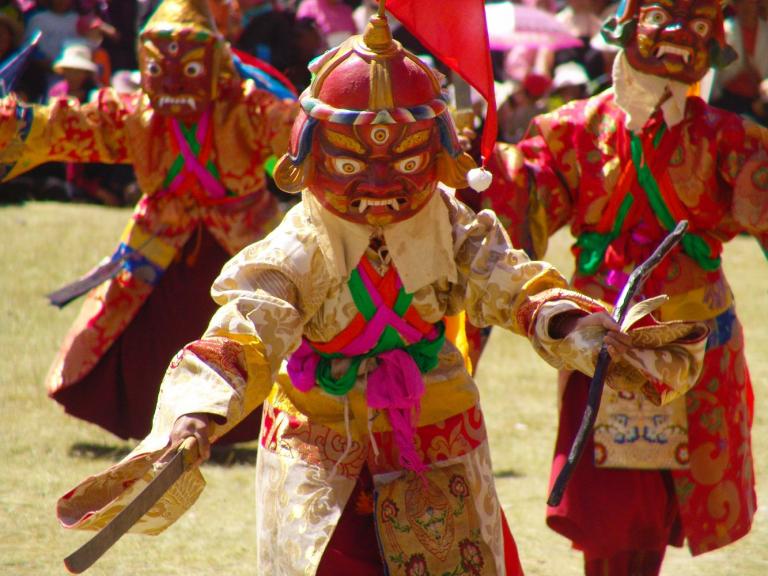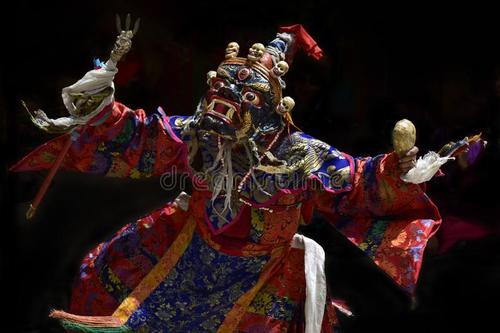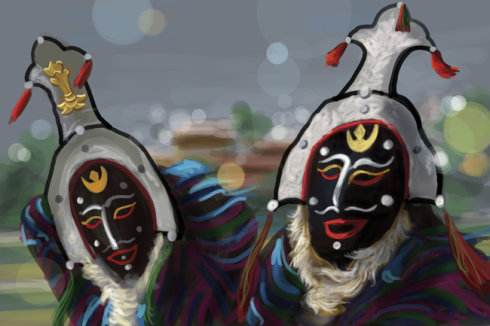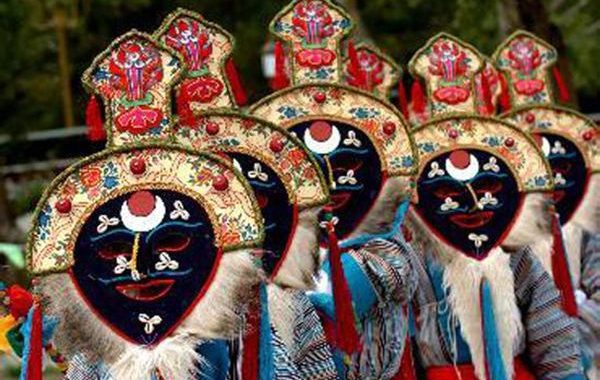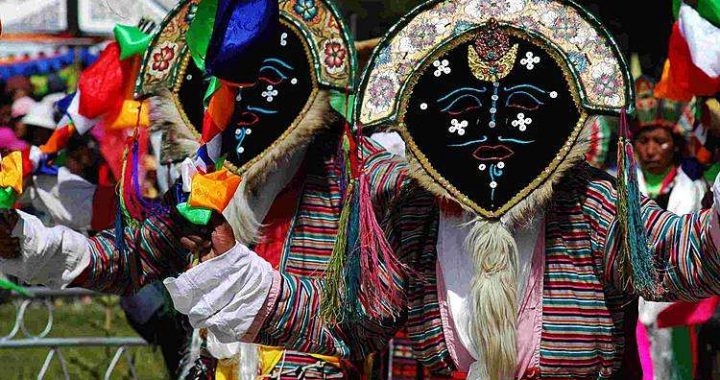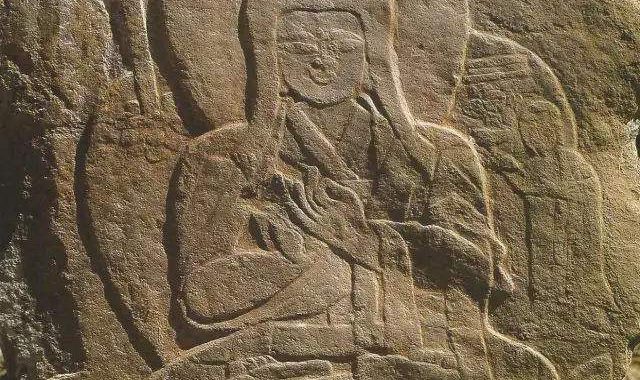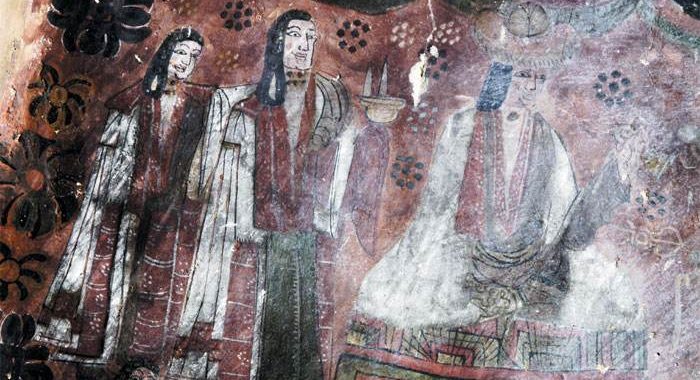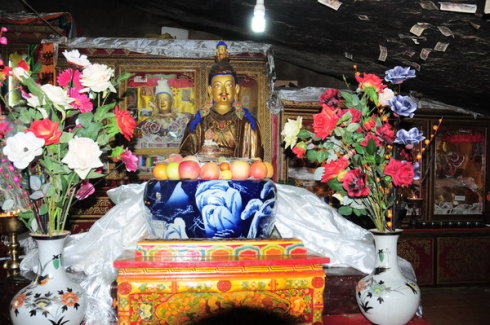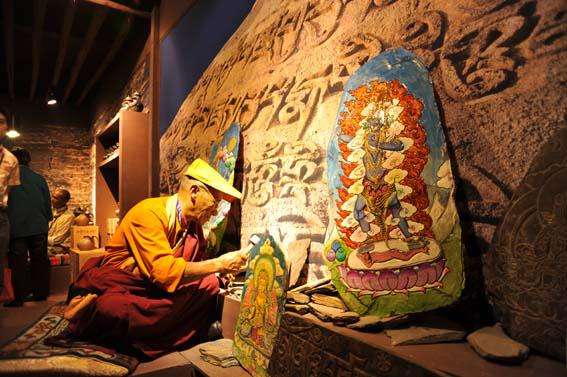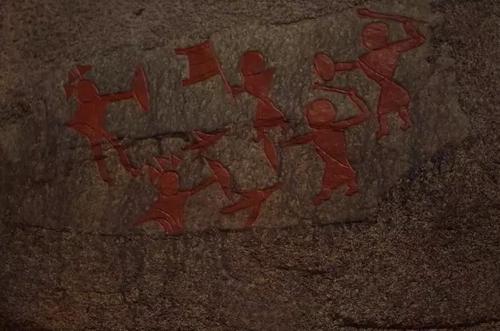Traditional Festivals of Tibet
5 min readDuring years of living in Tibet, the traditional festivals of Tibet left a deepimpression on me. If the life in Tibet can be described as a flowing river, its festivals are waterfalls; if the life in Tibet can be likened to the sky over a snow capped mountain, the festivals become the magnificent sunrise and glorious sunse .
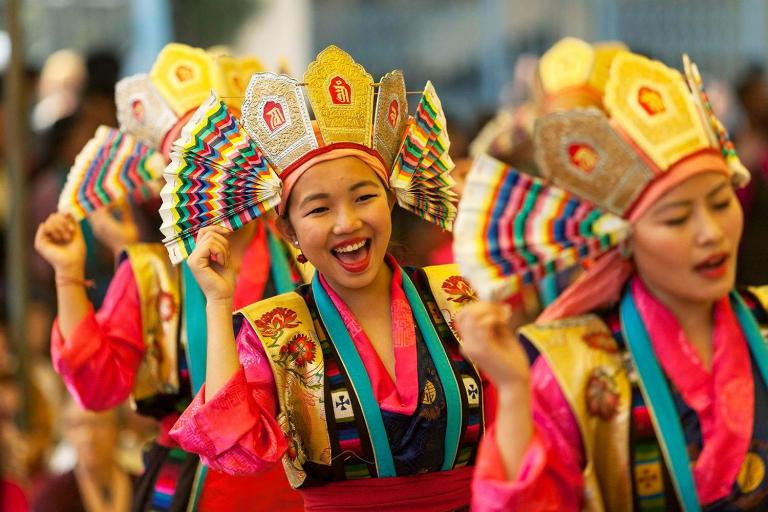
Tibetans are good at celebrating festivals, which are extremely popular to a somewhat surprising degree. In the past, festivals almost became the main theme of life. In the sparsely populated and remote land, with the relatively poor materials to enliven the monotonous life, Tibetans regarded the festivals as the rare opportunities of celebration, entertainment, rest from heavy labor, emotional release and showing off their artistic skills, and also as a kind of spiritual sustenance.
In Tibet, traditional festivals are divided into two major categories of olidays and folk festivals. Religious festivals often contain the folk entertainment contents to attract more participants. Folk festivals, in turn, are indispensable to religious observance .
Most religious festivals of Tibet are closely related to the Buddha, Sakyamuni. For example, the Grand Summons Ceremony of Lhasa is held from January 4 to January 25 of the Tibetan lunar calendar. According to legend, Sakyamuni argued with heretics for fifteen days until he completely defeated eir heresy.The Saga Dawa Festival is celebrated in April each year at the time when Sakyamuni was born, achieved enlightenment and passed away. The Zhuanshan Festival is celebrated on June 4 of the Tibetan lunar calendar to commemorate the day when Sakyamuni first preached the Four Noble Truths and Dhammacakka-pavattana Shenjiang Day is celebrated on September 23 of the Tibetan lunar calendar to commemorate the event that Buddha expounded the texts of Buddhism in heaven and made his mother return to earth.
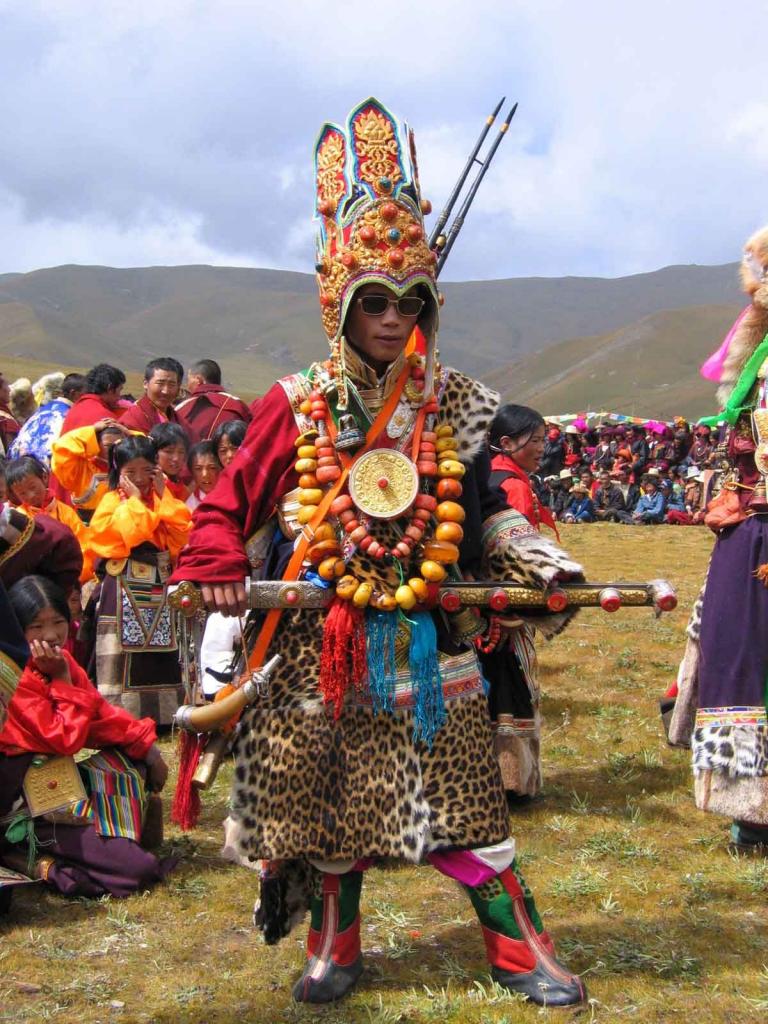
Some religious festivals are celebrated to commemorate eminent monks and great virtues in the history of Tibet, or to worship the snow mountains and gods. For example, Summons Ceremony is held from February 18 to February 30 of the Tibetan lunar calendar to commemorate the Parinirvana of the 5th Dalai Lama Ngawang Lobsang Gyatso and to praise his achievements.According to legend,King Trison Detsam in the 8 century ordered the burning of incense to worship all the pantheon of gods,including the Heaven God,Earth God Mountain God,Water God and Local God.This activity has always been carriedout ever since,thus forming the Zonin Gyisang Festival celebrated on May 15 of the Tibetan lunar calendar.The Belha Rizhub Festival is celebrated on the 15th day of the 10th month of the Tibetan lunar calendar to worship and praise the supreme goddess Brahma of Lhasa.The Zongkapa Festival is celebrated on the 15th day of the 10th month of the Tibetan lunar calendar to commemoratethe Parinirvana of Zongkapa,founder of the gelug(Yellow Hat)sect of Tibetan Buddhism.At night,every he household will kindle butter lamps on the roof and windowsills,so it is also known as the Butter Lamp Festival.
The folk festivals of Tibet are often related to agriculture and animal husbandry, and the seasons and solar terms. People in Lhasa and other places ofTibet will celebrate the New Year in the warmest moods, with the most elaborate preparations and exchanges of best wishes. During the New Year, people willhang prayer flags from the rooftops, worship Buddha in the monasteries, and exchange blessings while holding auspicious colorful bue ckets containing zanba and grain, and then drink wine, sing and dance until dawn. Most people will get drunk. In May of the Tibetan lunar calendar, beautiful summer scenes appear all over Tibet. In the brief season full of sunshine and Howers, Tibetan people gather in gardens and on meadows to picnic, sing and dance, and fully enjoy themselves. This festival is called the Linka Festival. On June 30 of the Tibetan lunar calendar, people in Lhasa celebrate the Shoton Festival perhaps watching the sorcerer’s dance in a trance in the Sera Monastery, the Buddha of the Zhaibung Monastery Ing exposed to the sunlight or a joint performance of Tibetan opera in the norbu Lingka. The Shoton Festival is also a festival of drinking sour milk. Over seven nights in early August of the Tibetan lunar calendar, Venus shines most brightly over southeastern Tibet, and men and women bathe in the rivers and lakes-reputedly a means of curing all disseases Hence, it is known as the bathing Festival. On the 29 day of the 12 month of the Tibetan calendar, people will hold high torches, set off firecrackers, and drive out demons and ghosts, to welcome the arrival of the tibetan New Year.
The Ongkor Festival is the grandest festival in rural areas of Tibet. At this festival, farmers walk around the cropland to pray for good harvests. The warmest festival in the pastoral areas is the Horse Race Fair, when young, agile and brave she sherds take part in a horse race. The Dama Festival of Gyantse is the oldest festival in the Nianchu River valley. The fair of sorcerer’s dance in a trance in Xigaze attracts tens of thousands of people every year. The KongpoNew Year of Nyingchi Prefecture is celebrated on the first day of the 10 month of Tibetan calendar, and is the grandest forest festival.
Another most popular festival in Tibet is the Sorcerer’s Dance, a tantric ritual. In olden days it is said to have been performed only at altars, secret chambers or Zen caves deep in the mountains. After the Houhong Period of Tibetan Buddhism, these religious dances became public as a popular religious art performance. Each sect or monastery in Tibet has their own Sorcerer’s Dance ally staged once a year, although it can be held in both summer and winter.In some other places, it is performed once in several years. It is always integrated with mater exchanges, commercial trade, sports competitions and folk festivals, thus becoming a comprehensive event. Going to the fairs and watching the sorcerers dance in a trance is an important part of the economic and cultural life of the people in Tibet .
Tibetan festivals are deeply rooted in the isolation of Tibet where people live at the highest elevation in the world. They have countless ties with the ethnic and historical traditions of Tibet, cultural development, religious faith, folk inheritance and people’s psychological quality. Now, from cities to rural areas, from northern Tibet to Shannan Prefecture, and from eastern Qamdo to western Ngari, people of Tibet have more leisure but remain enthusiastic in celebrating the old festivals. These are also closely integrated with improvement of people’s lives and development of tourism undertakings as an important part o national culture of Tibet.
